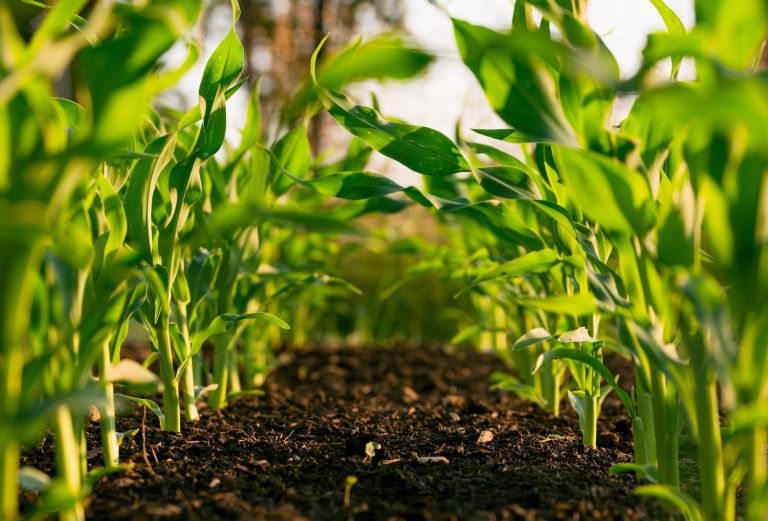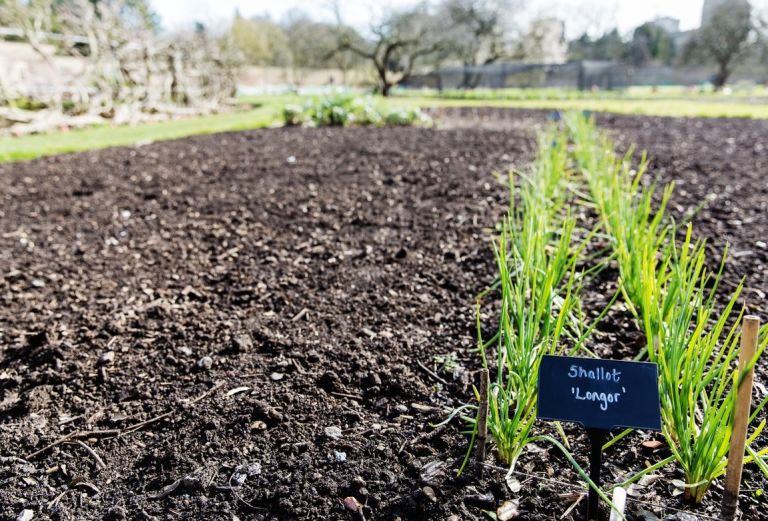
By Jamie Atwell, garden volunteer.
‘Well into the nineteenth century no one had any real idea of even something as basic as what made plants grow. Everyone knew that soil needed fertilizing, but there was little agreement on why it did or what constituted an effective fertilizer.’
The quote above comes from Bill Bryson’s book At Home: A Short History of Private Life (heartily recommended to you all). Bryson goes on to share the results from a survey of farmers in the 1830s, which asked the types of fertilizer they were then using. The list includes a diverse variety of things, including inter, sawdust, feathers, oyster shells and woollen rags. (Interestingly, perhaps out of delicacy, the survey does not make any reference to the use of bones including human ones, often removed from corpses on battlefields such as Waterloo.)
For present purposes, and of possible relevance to Fulham Palace, was the use of woollen rags. The practise of using old strips of cloth was known as ‘ragging’. Our community archaeologist Alexis Haslam has wondered ‘if that’s why we get so many buttons and cufflinks in the walled garden. It seems to have gone out of fashion when the rags were instead used in the clothing industry to make shoddy clothes with recycled material, hence the term.’

What goes around comes around. At least it might do if you substitute woollen fleeces for rags. In February, The Times published an article reporting that three thousand fleeces had been laid beneath vines at a vineyard in Wales in an attempt to reflect more sunlight. The trial was a success, and it produced fuller-bodied wines without the need for chemicals or weeding. Fleeces have also been used to assist with growing other fruit and vegetables, retaining moisture and feeding nutrients into the soil. It would seem that the naturally occurring lanolin in a fleece can also act as a deterrent to pests, particularly slugs and snails.
With all of these benefits, perhaps the farmers and gardeners of the 1830s were not so woolly-headed in their thinking after all!